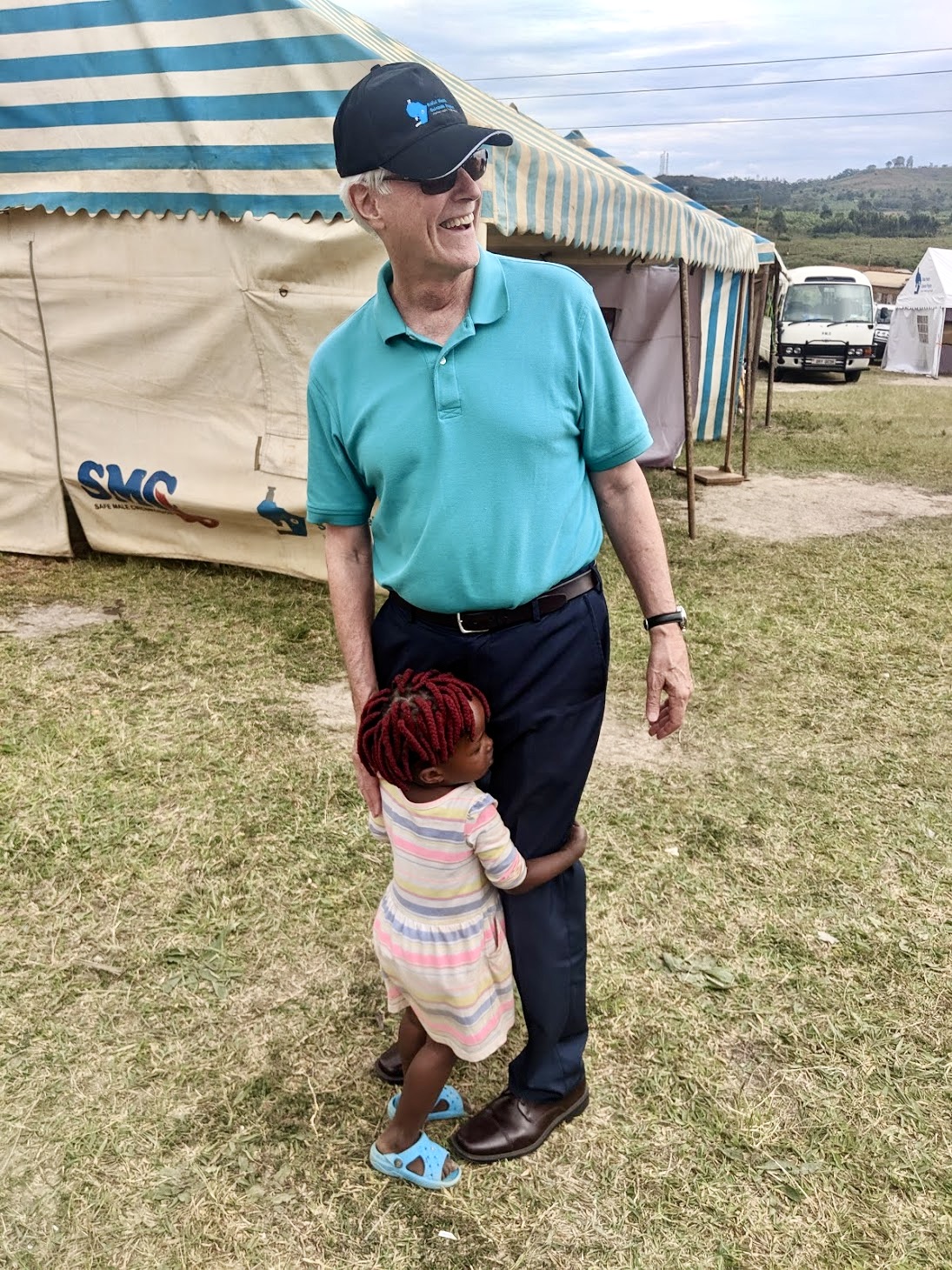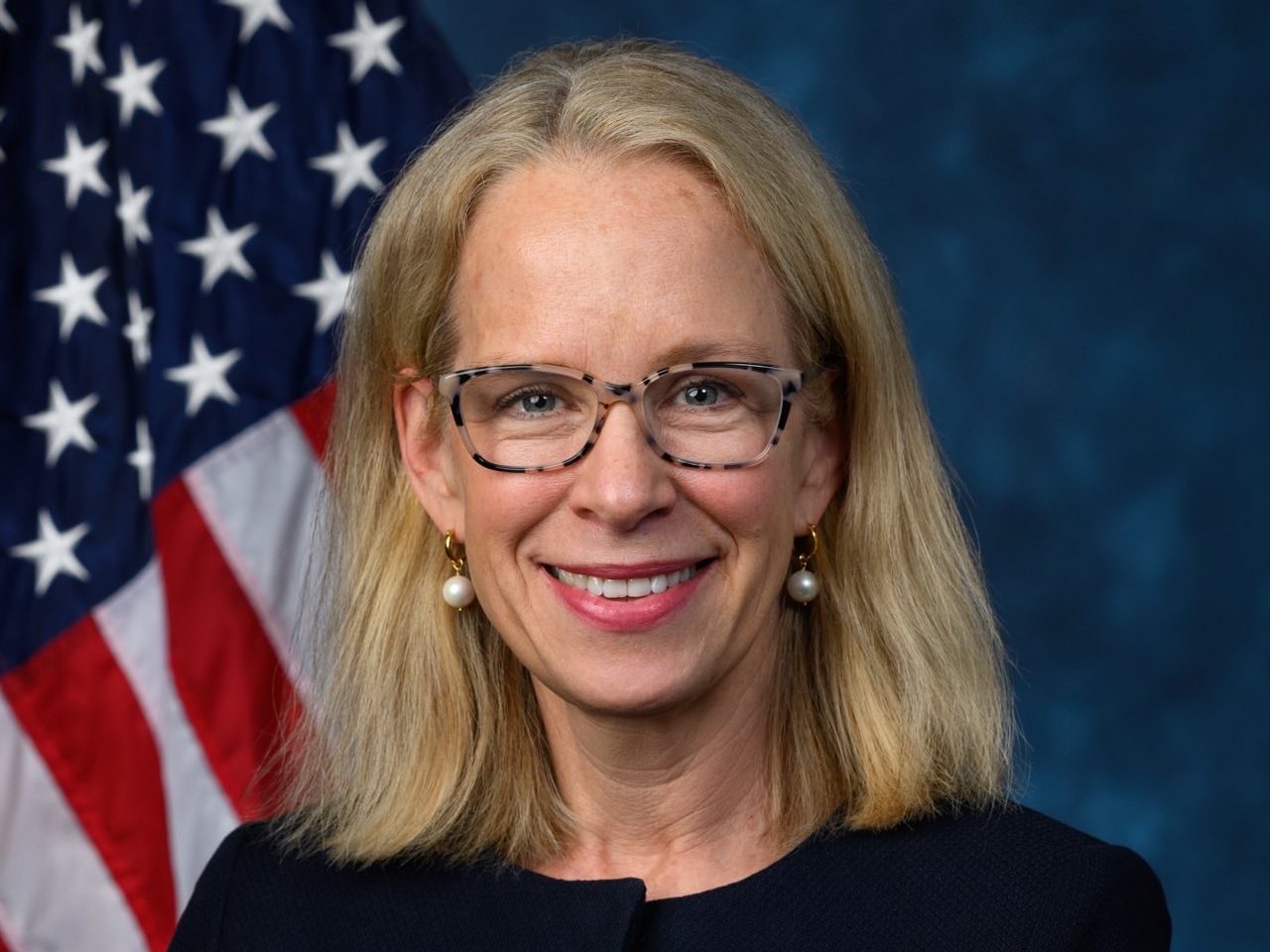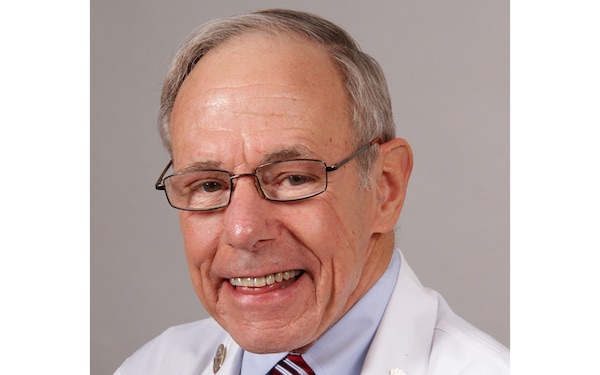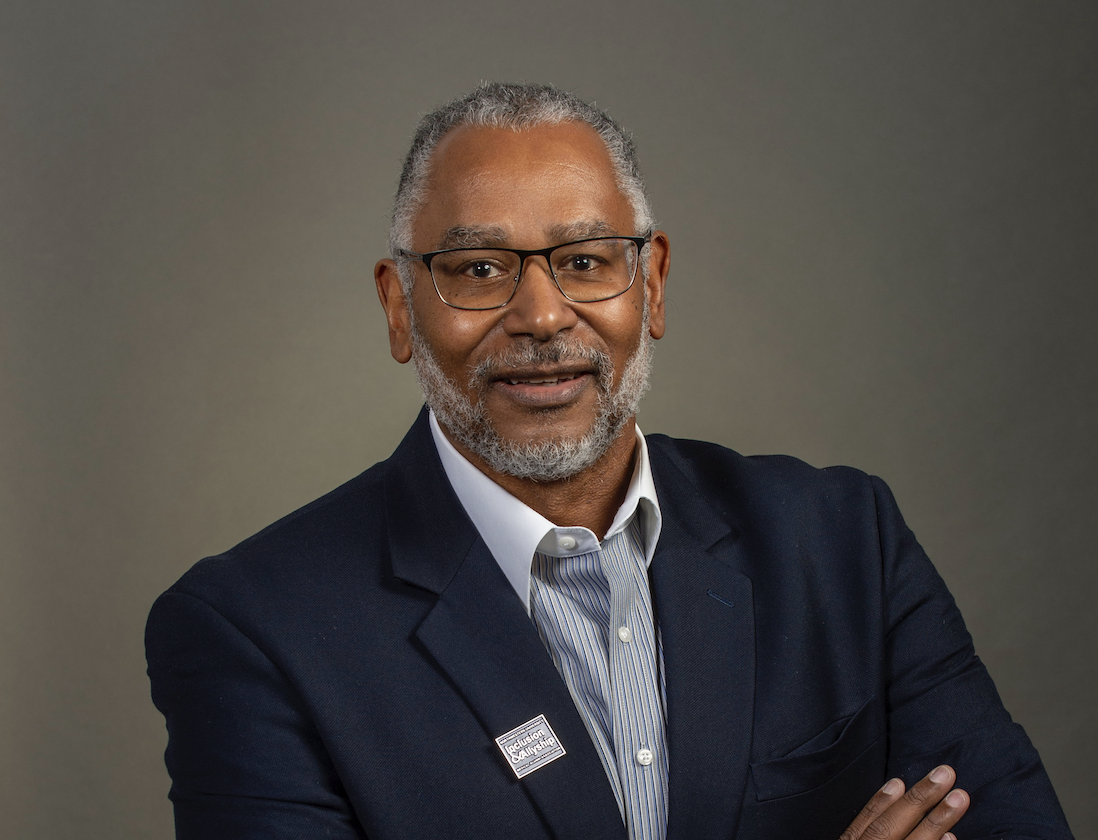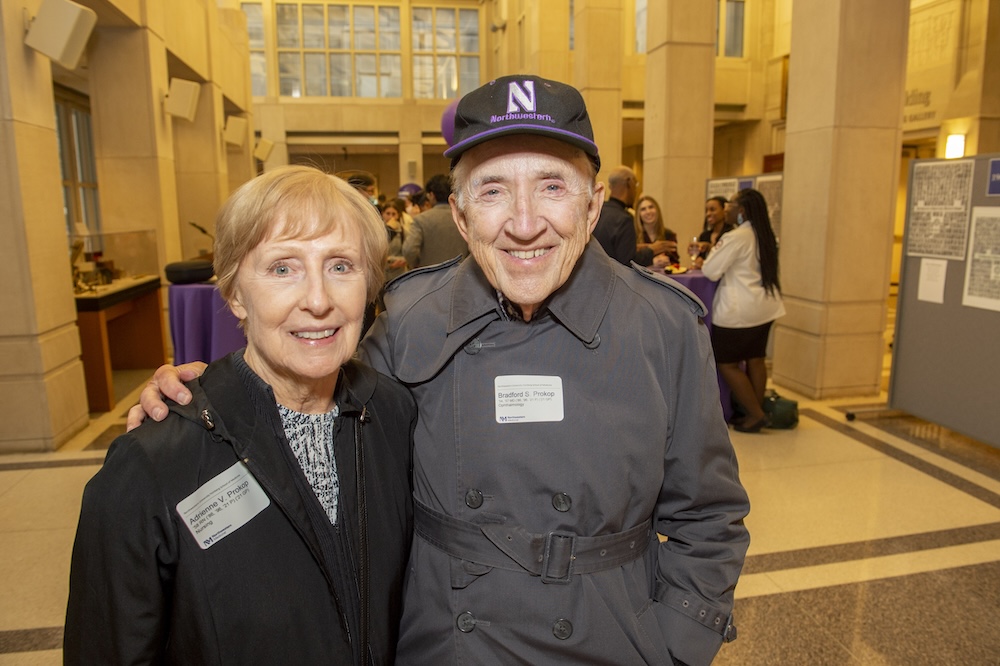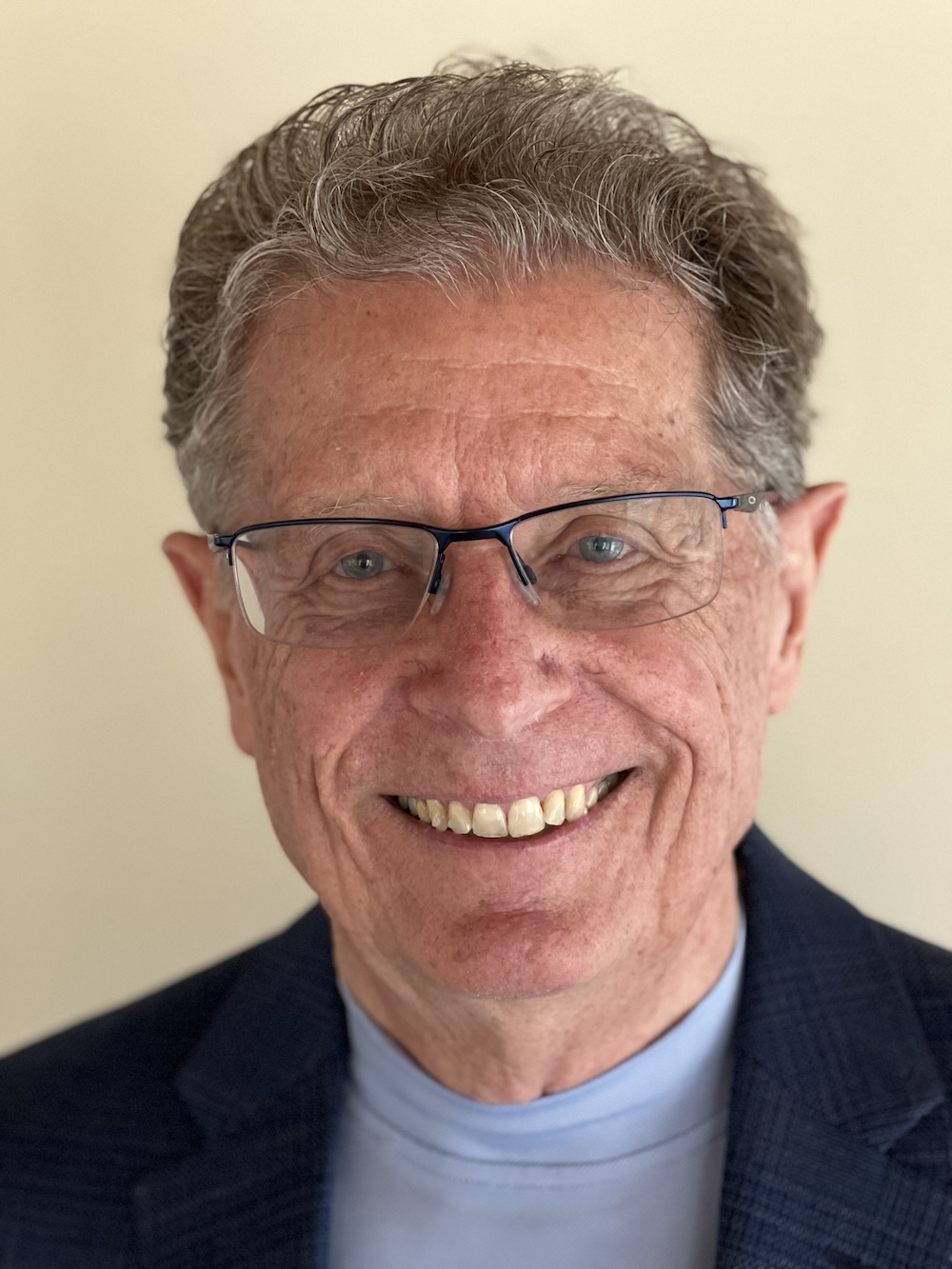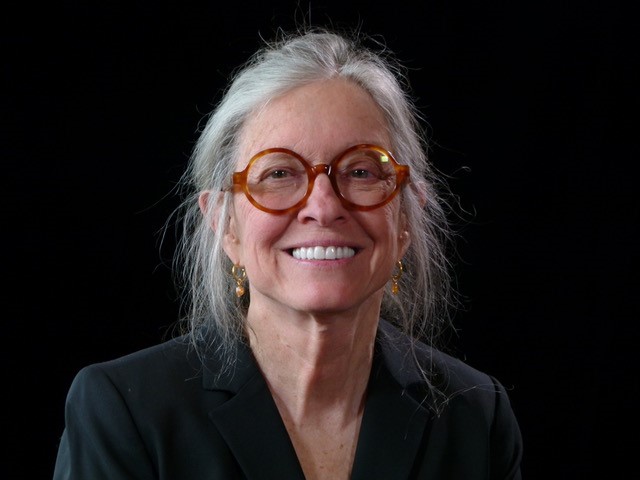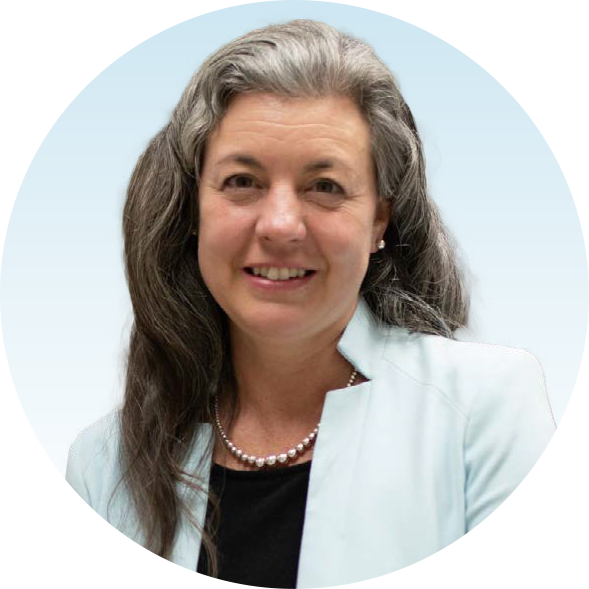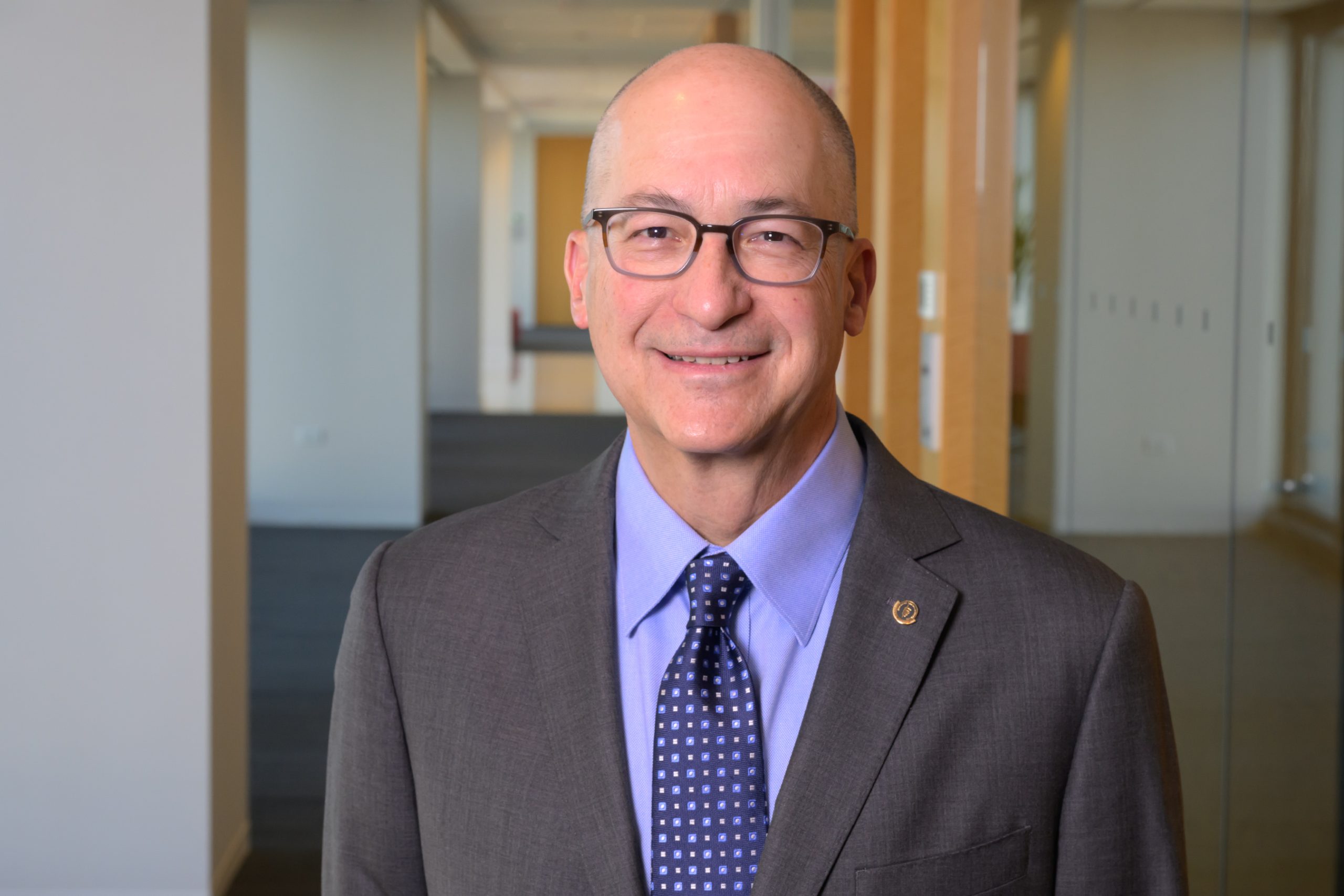Home / Alumni News / Global Health Giant
Global Health Giant
Thomas Quinn, ’74 MD, traced the origins of the AIDS pandemic, and now he’s hunting for a cure.
By Bridget Kuehn
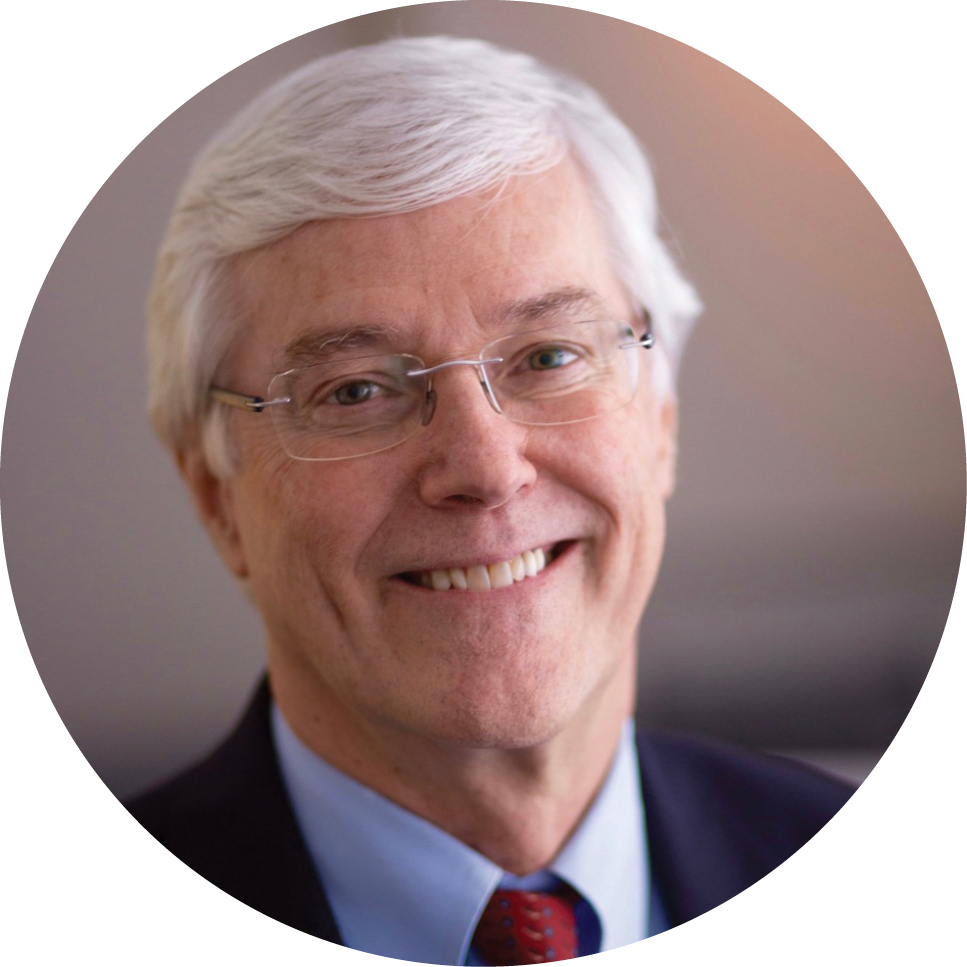
As a clinical infectious disease fellow at the University of Washington in Seattle from 1979 to 1981, Thomas Quinn, ’74 MD, MSc, was on the front lines of a race to identify the virus that was causing debilitating sickness and death predominantly in gay men across the United States. A critical clue about the origins of the virus came in the epidemic’s second year of recognition when AIDS cases began emerging among heterosexual Haitian immigrants in the U.S.
Quinn jumped at the opportunity to chase this lead to Port-au-Prince, Haiti, where his epidemiologic investigations would trace the virus’s origins back to Central Africa. In Kinshasa, Zaire, now the Democratic Republic of Congo, he collected patient samples and sent them to investigators at the Institute Pasteur in Paris, France. The virologists there used Quinn’s samples and those collected in France to identify the human immunodeficiency virus (HIV) as the cause of acquired immunodeficiency syndrome (AIDS).
“I helped support that effort, and as an investigator and clinician, that is a very satisfying outcome,” Quinn says. “But that was just the beginning of the story.”
Quinn continued to write new chapters as he chased the virus around the globe. He was the first to identify HIV infections in India. He also became one of the founding fathers of the field of Global Health. He led the National Institute of Allergy and Infectious Diseases (NIAID) Section of International HIV/AIDS and STDs for almost four decades and has served as the founding director of the Johns Hopkins University Center for Global Health for almost two decades. The field of Global Health, he says, was borne out of frustration over the gross inequity in HIV care that emerged in the late 1990s and early 2000s as powerful antiretroviral therapies became available, but only for those in wealthier nations.
“When I would work at Hopkins taking care of my AIDS patients there, I could treat them with these brand new, revolutionary antiretroviral drugs that would save their lives,” Quinn says. “Then, I would fly to Africa to work in clinics and there was no treatment. Those drugs were very expensive and were not available in the rest of the world.”

Virologists from the Institute Pasteur in Paris, France used samples that Quinn collected from patients in Central Africa to identify the human immunodeficiency virus (HIV) as the cause of acquired immunodeficiency syndrome (AIDS).
COLLISION COURSE
When Quinn arrived at Northwestern for medical school in 1970, he had already spent a year studying malaria at the University of Notre Dame where he received a Master of Science degree after completing his undergraduate studies in biology in 1969. He continued his malaria studies at Feinberg and fell in love with infectious disease clinical care.
“Infectious diseases allowed me to help patients make a rapid recovery,” he says. He noted that just a week of antibiotics could often lead to a full recovery in most infectious diseases.
His desire to pursue a career in international medicine was further cemented by a trip to Europe with his medical school roommate between his first and second year. Their journey took an unexpected turn when they ran out of money two weeks before their flight home and had to work in a pub on the remote Aran Islands in Ireland for food for the remainder of the trip.
“That trip shaped my love of international travel and work,” he says.
He completed his internship and residency at Albany Medical Center Hospital in Albany, New York before joining NIAID’s Laboratory of Parasitic Diseases as a research associate studying malaria for two years, from 1977 to 1979. Then, his fellowship took his career on a collision course with sexually transmitted diseases and eventually the HIV pandemic, which would be the focus of his life’s work for the next 40-plus years.
In Seattle, he saw firsthand the stigma and loss associated with this mysterious disease, called AIDS. Many patients faced rejection by family and friends who feared infection. In 1981, Quinn returned to NIAID as a senior investigator in the Laboratory of Clinical Investigation, joined the faculty at Johns Hopkins University School of Medicine and became a special assistant for international programs on infectious diseases at the NIH’s Fogarty International Center. In 1983, he and his colleagues working in Zaire found that AIDS was spreading through heterosexual sex and affecting equal numbers of men and women. However, this groundbreaking discovery was met with resistance. Reviewers at The New England Journal of Medicine rejected their manuscript arguing they had no proof and insisting that the infection was spread only among gay men or dirty needles. However, in 1984, he and his colleagues published the study in The Lancet. The same year, he co-founded Project SIDA, a collaboration among Zaire, the United States, and Belgium to study AIDS in Central Africa. By 1985, Quinn was leading the Section of International HIV/AIDS and STDs at NIAID, a role he held until last year. He now serves as NIH Scientist Emeritus in the Office of the Scientific Director at NIAID.
“There was a lot of denial about transmission in those early days,” he says. “It became politicized and stigmatized.”
The first antiretroviral drug didn’t become available in the U.S. until 1987, setting in motion a sea of change in HIV/AIDS care. The first therapies were highly toxic and triggered drug resistance after just six months, says Quinn, who witnessed that early revolution as both a clinician caring for patients and as a member of the U.S. Food and Drug Administration’s Antiviral Review Committee from 1992 to 1996. However, it wasn’t until the mid-1990s that triple therapies became available and revolutionized care for what had been a universally lethal disease into a treatable chronic condition.
“It took us to 1996 — 15 years from the first case being recognized,” he says. “But once that happened, we were off to the races. New and more potent drugs came along, and now we are down to one pill per day.”

When I would work at Hopkins taking care of my AIDS patients there, I could treat them with these brand new, revolutionary antiretroviral drugs that would save their lives. Then, I would fly to Africa to work in clinics and there was no treatment. Those drugs were very expensive and were not available in the rest of the world.
Thomas Quinn, ’74 MD
BIRTH OF GLOBAL HEALTH
But that revolution in care didn’t reach all patients. Quinn lobbied and advocated for generic drug development and drug company donations to help his patients in Uganda who continued to have no access to effective therapy. He says the efforts faced resistance from clinicians who felt patients in rural Africa could not keep up with the treatment regimens.
“That changed once we showed that with these treatment regimens, patients [in Africa] were living as long as anyone in the United States,” he says.
The inequity and the destabilizing effects of the HIV/AIDS pandemic also galvanized international leaders. In 2000, the United Nations Security Council unanimously passed a resolution to address the HIV/AIDS pandemic globally and created the Global Fund for AIDS, Tuberculosis, and Malaria, and President George W. Bush created the President’s Emergency Plan for AIDS Relief (PEPFAR) in 2003. These and other global health efforts have helped expand the reach of effective HIV therapies with about three-quarters of the 39 million people living with HIV receiving therapy, according to the World Health Organization. The focus of global health has also expanded to include international efforts to improve health overall, including chronic diseases and mental health.
“It’s a great success story,” Quinn says. “I’m glad to be a small grain of sand in a much larger beach of people who worked hard to make a difference worldwide. My hats off to everyone who pitched in.”
In 2006, Quinn became the founding director of the Johns Hopkins University Center for Global Health, and he continues in that role today. For much of the last five years, Quinn’s lab has focused on developing a cure for HIV, but he briefly put that work aside when the pandemic hit to focus on COVID-19, with again a major focus internationally. His lab now studies both viruses. He continues, however, to marvel at how far global health and medicine have come since the early days of the AIDS epidemic.
“In my field of medicine, the most momentous occurrence is the biologic revolution that enabled scientists to identify the causative agent of COVID-19, sequence it, develop a vaccine, and come up with treatment all within a matter of months, instead of 35 or 40 years it took for HIV/AIDS,” he says.
